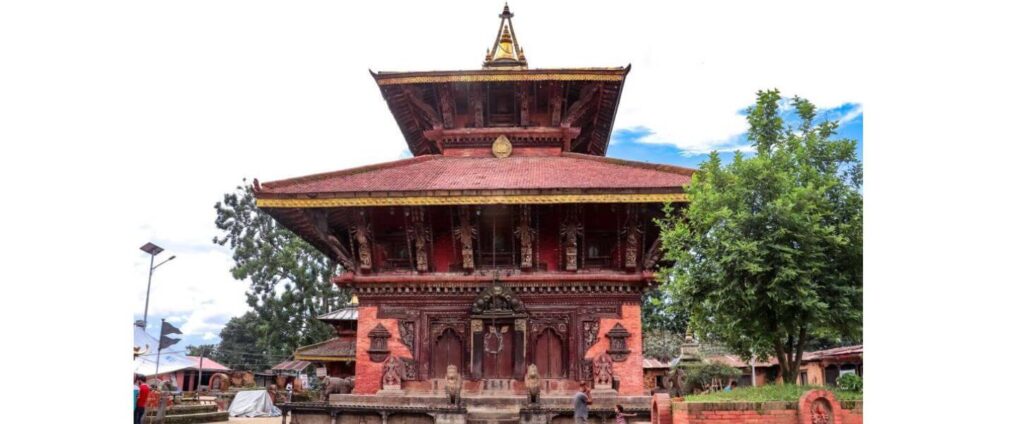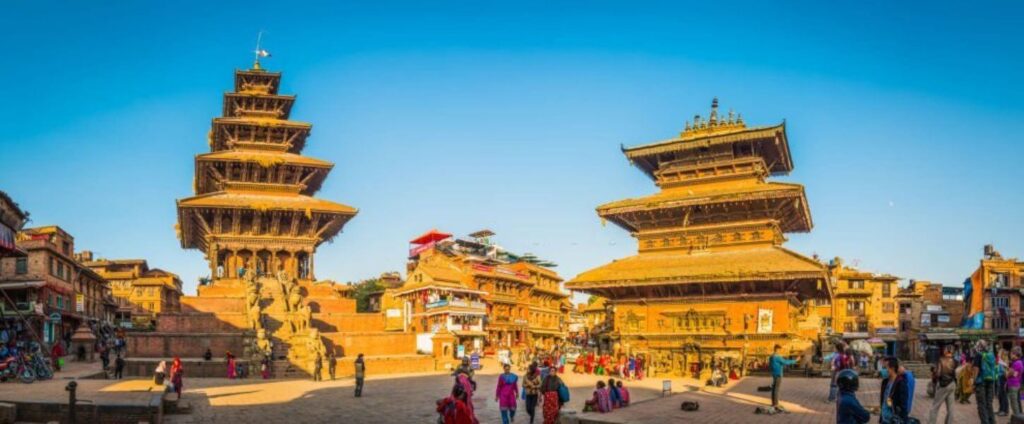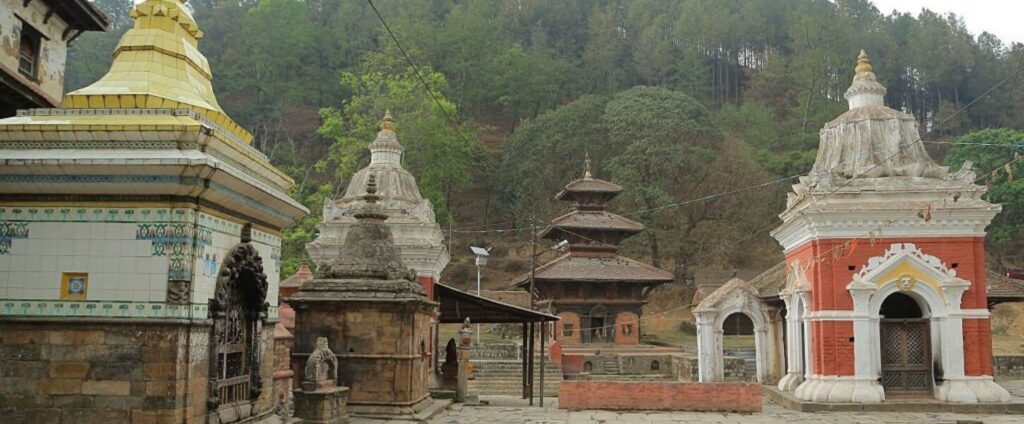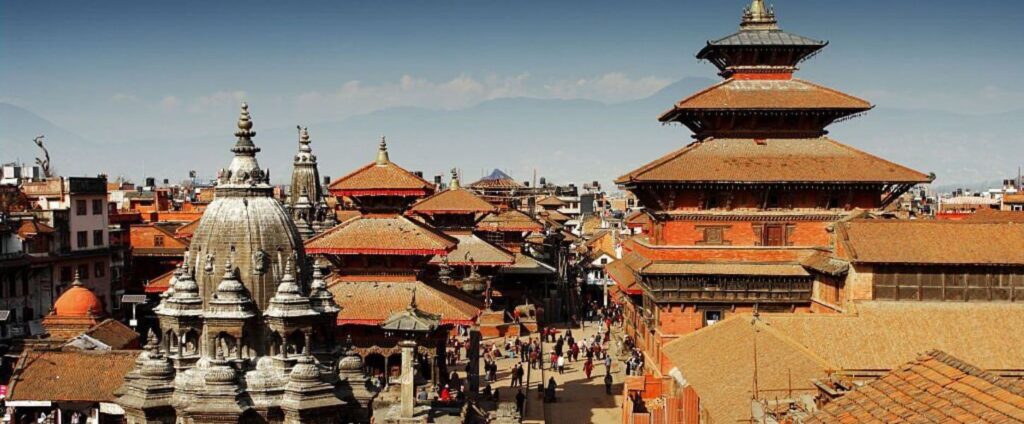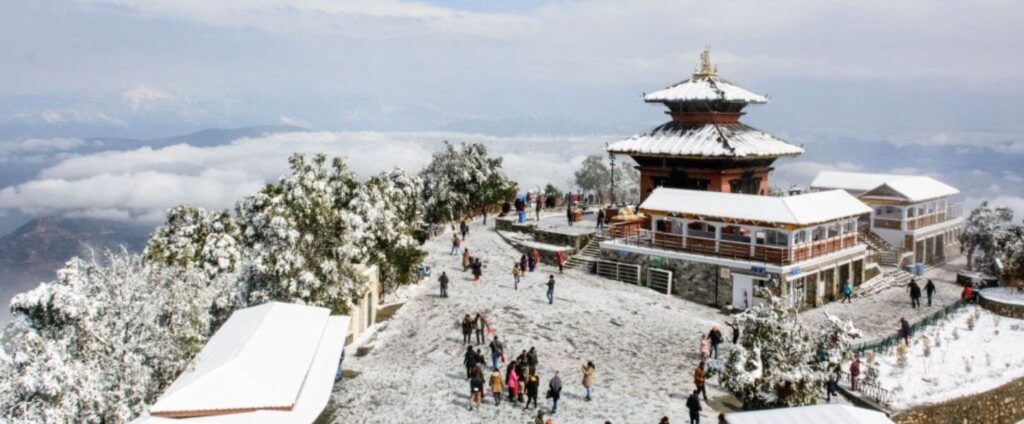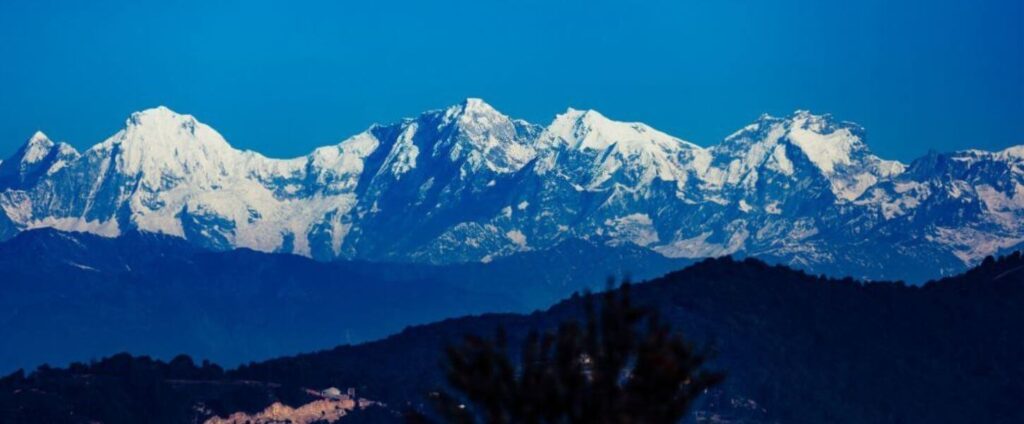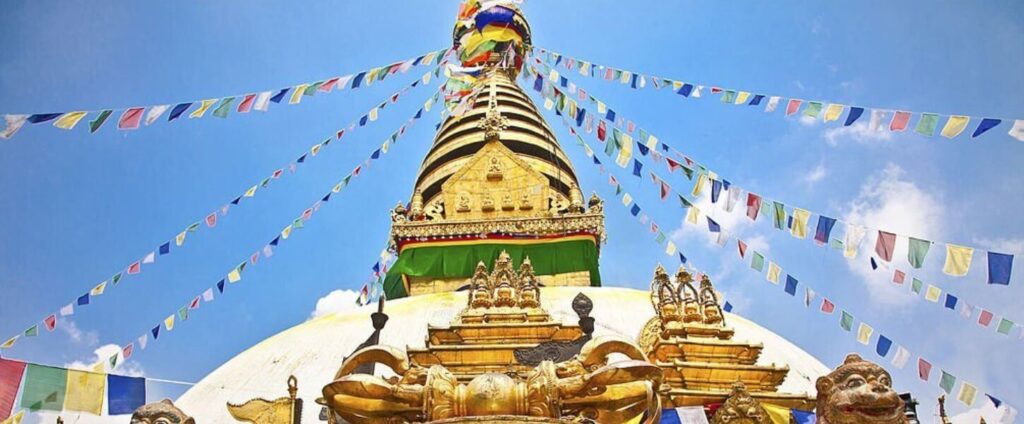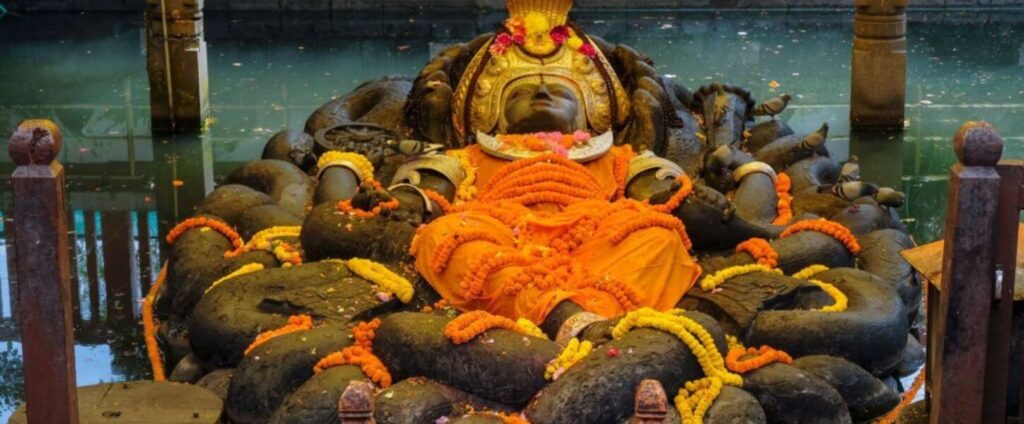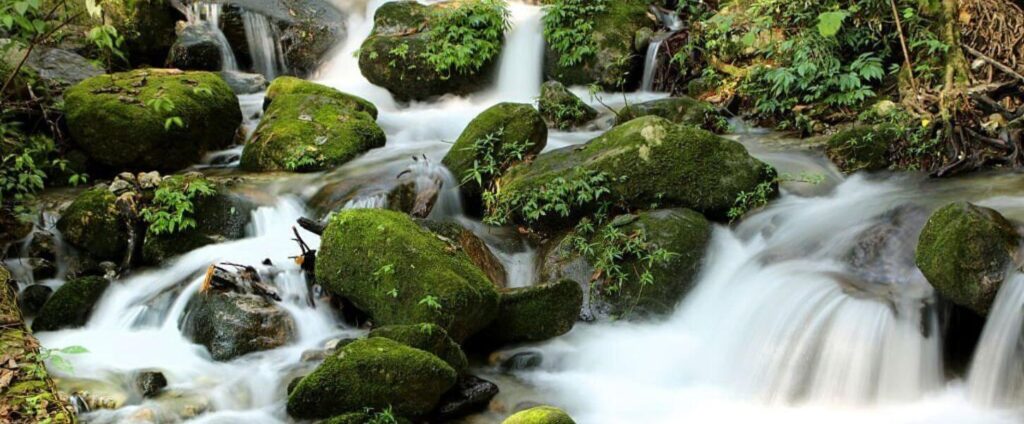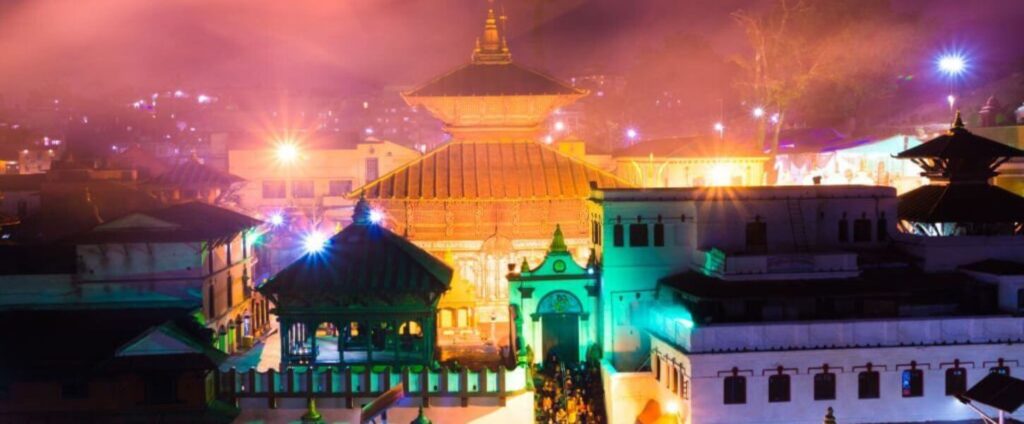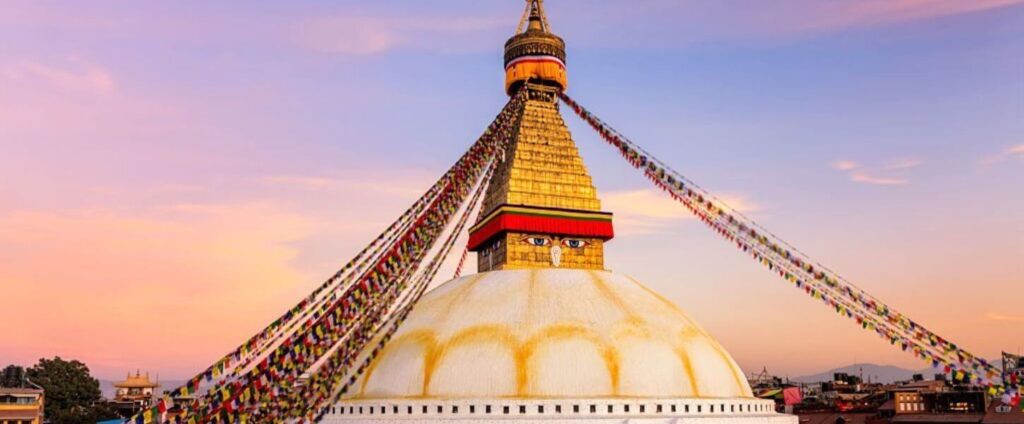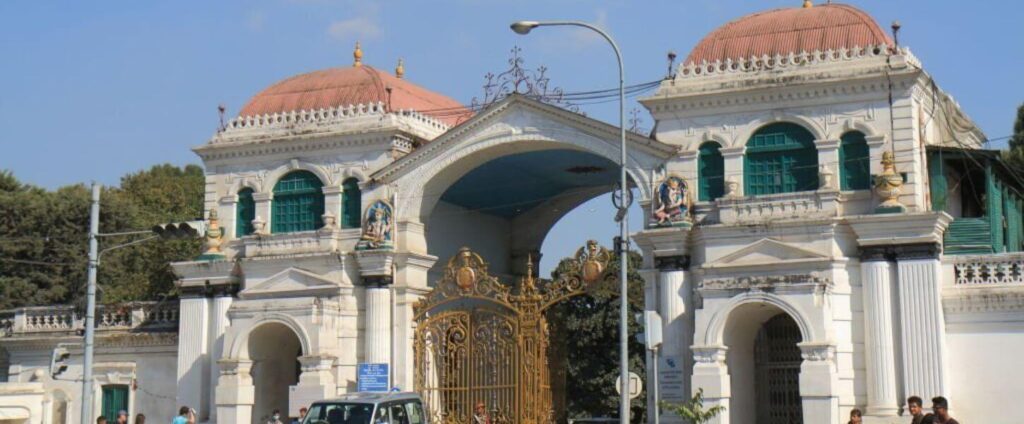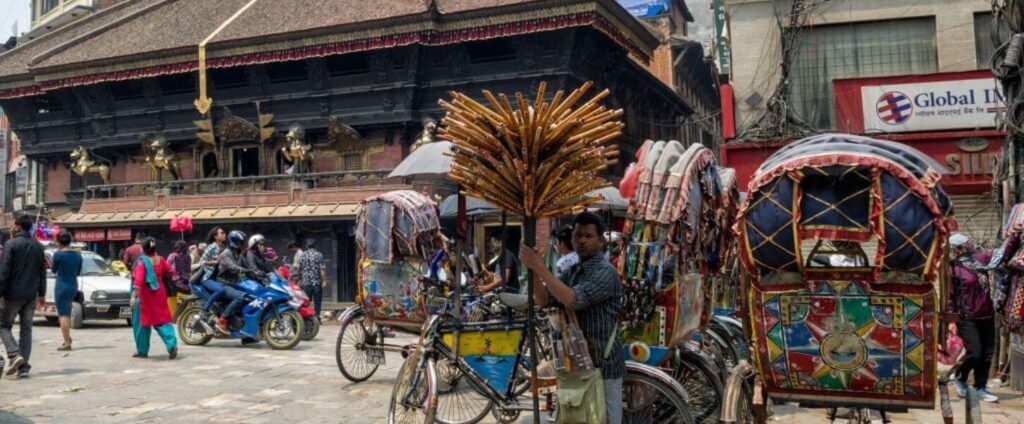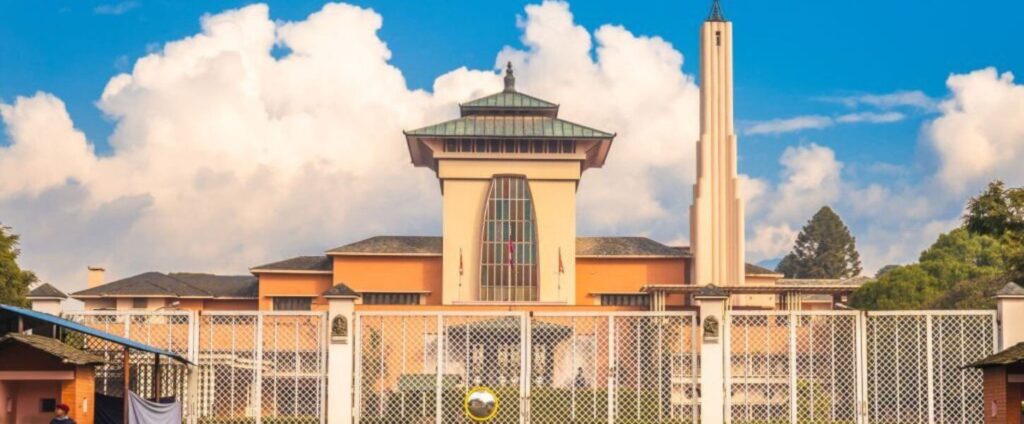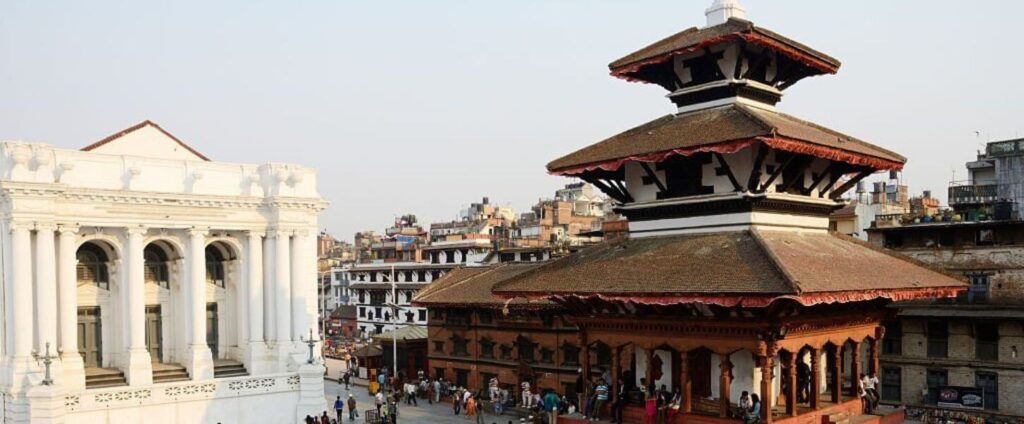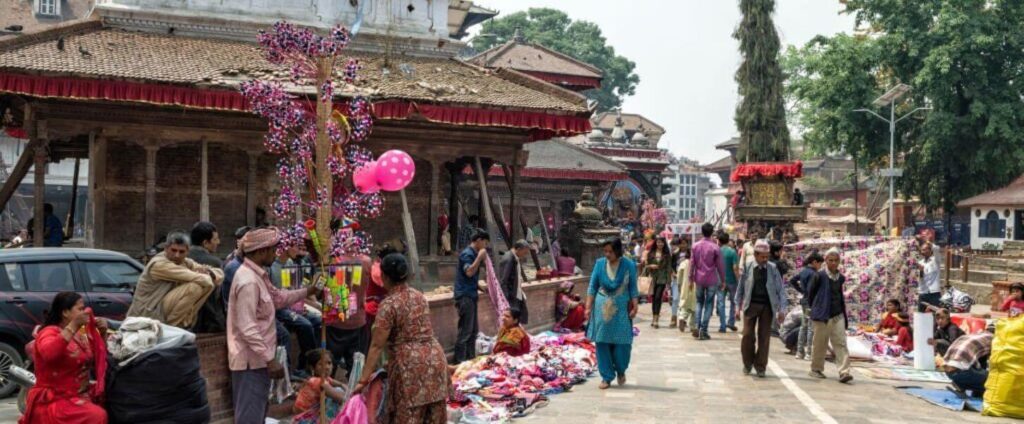Kathmandu Tour

Are you planning your Kathmandu tour? Do you need a Kathmandu tour guide to visit Kathmandu? Kathmandu is the capital city of Nepal, founded in the 2nd century CE by the bodhisattva Manjushri. A doorway to the Himalayas, it was once ranked among the top three upcoming travel destinations in the world by Tripadvisor.
This valley has a great deal of culturally and archaeologically distinctive places that you can visit. During your Kathmandu Tour, you will experience a cultural, religious, and spiritual exploration.
Is Kathmandu Worth Visiting?
The old town of Kathmandu, the royal palace, and important religious sites are worth visiting in the city center. If you want to see some scenery, you have to go outside the city, but you will be in the Kathmandu valley, not the Himalayas. Kathmandu is a good choice if you prefer to visit historical sites and places with natural scenery.
20 Popular Places for Kathmandu Tour
Given below is a list of twenty popular places to explore within Kathmandu city:-
1. Changunarayan Temple
This religious site lies north of Bhaktapur, an ancient temple on a hilltop surrounded by champak forests. The Changunarayan Temple is the oldest in Nepal, and it was built by King Haridatta Burma as early as the 4th century.
It is dedicated to Lord Vishnu, the supreme deity of the preservation of cosmic order. A UNESCO World Heritage Site featuring complex wooden and stone carvings, it is located approximately 7 kilometers north of Bhaktapur Durbar Square. Changunarayan temple is one of the highlights of your Kathmandu tour.
It is believed that the two-story Vishnu temple was not constructed in the shikhara or pagoda styles. But it is built in the pagoda style. The Lichhavi dynasty’s past is preserved in this ancient temple in the style of Nepal.
The northern hill town of Bhaktapur is home to this well-known shrine. It is around 7 kilometres away from Kathmandu. The oldest artefacts, dating to 464 CE, were found in this temple and included inscriptions and sculptures. As a result, King Manadeva, one of the most fabulous kings of the Lichhavi kingdom, is believed to have found it.
There are four doorways on the temple’s exterior, one in each direction. A pair of lions, sarabhas, gryphons, and elephants are stationed on either side of each entryway.
2. Bhaktapur Durbar Square
Probably the top tourist attraction in Bhaktapur, it is an ancient royal palace home to the Malla Kings from the 14th to 15th century and the subsequent royal families in the Kingdom of Bhaktapur.
Numerous courtyards, temples, and palaces inhabit the surroundings of this royal site. The 55-window palace (Nge Nyapa Jhya Laaykoo), characterized by its intricate wooden carvings, is located on this site.
Siddha Pokhari/Ta-Pukhu/Indra Daha
An artificial pond near the entrance of the main Bhaktapur Durbar Square, this structure was established in the 15th century by King Yakshya Malla.
Chardham & Krishna Temple: (King Jayaksha Malla – 15th Century)
This area includes a terracotta temple—a model of the Kedarnath temple in Uttarakhand, a rounded temple corresponding to the Ramanathaswamy Temple of Tamil Nadu, and a pagoda-style temple similar to the one in Puri, on the eastern coast of India.
Nyatapola Temple
One of the most prominent landmarks within Durbar Square, this five-storied temple is the city’s highest monument and also the tallest temple in Nepal. The construction of this temple was ordered by King Bhupatindra Malla (1696 – 1722).
He is the most acclaimed ruler of the Malla Dynasty, titled ‘nepaḥ juju,’ meaning king of the newars. This temple has withstood four major earthquakes (fingers crossed!) and is an iconic representation of the Newari Culture. It stands tall and mighty in an area called Taumadhi Square.
A metallic statue of King Bhupatindra Malla can be found near Taleju Bell (Tagou Ghan), near the Nyatapola Temple. The king is depicted paying his respects to the religious deities in a crossed-leg posture, seated above snakes on a lotus.
Dattatreya Square
They are also known as Tachapal Tole, Bhaktapur’s most ancient square. Located away from the leading site of the Bhaktapur Durbar Square, it is the least visited of the four squares in Bhaktapur. The Taumadhi and Main Durbar Square lie west of this site.
Dattatraya is a coalescing form of the three deities of Lords Brahma, Shiva, and Vishnu. Inside the temple, you will find images of Som, Durbasha, and Dutt. King Yaksha Malla (1428 – 1482 AD) is believed to have built this temple.
The temple’s first floor features erotic carvings, widely considered a worldly test for all devotees. Around the Dattatraya temple, you will come across the Peacock Window (Wooden Carving), the Bhimsen Temple, and the Laxmi Narayan Temple.
3. Panauti
Panauti is an ancient region in Nepal that was originally offered as a dowry to his sister by King Bhupatindra Malla. With fewer than 15,000 residents, this town is home to a few notable landmarks like the Panauti (Layaku) Durbar square and the Indreswor shrine.
Alongside Kathmandu, Patan, and Bhaktapur—all past capitals of the Kathmandu valley—Panauti was finally incorporated into the unified kingdom of Nepal at the end of the 0th century. Along the historic Salt Trade route connecting Tibet and India, Panauti served as a major commerce station. In reality, Panauti has a history that has been documented from the first century AD.
A medieval site with many religious Buddhist and Hindu monuments, It is considered to be the most artistic town in Nepal, after the Kathmandu Valley. Places to visit here—A durbar square, the Indreshwar temple, and the Unmatta Bhairav Temple.
4. Patan Durbar Square
A UNESCO World Heritage Site, this site is a former royal palace of the Malla Kings in Lalitpur. The area hosts numerous temples and historical, art, and cultural exhibits. Patan Durbar Square is among the main highlights of your Kathmandu Tour. The main attractions within Patan are described below.
Patan Museum
This museum is in the northern part of the durbar square area and exhibits traditional holy arts in an impressive architectural setting. It has around 1,100 relics, and most of the pieces are cast bronzes (mainly statues of Hindu and Buddhist deities) and polished copper works.
Mul Chowk
Mul Chowk is the central courtyard in Patan Durbar Square, with the Vidya Temple at its center and the Taleju temples surrounding it. It stands north of the Sundari Chowk and is the largest of the three courtyards in Patan.
Sundari Chowk
Sundari Chowk’s exquisite courtyard has a gateway guarded by three magnificent statues of Hindu gods Hanuman, Ganesh, and Narsingha. A Royal Bath, called the Tusha Hiti, is positioned in the courtyard. The walls of this bath have several idols made of copper.
Krishna Mandir
The most significant temple in Patan Durbar Square, this three-storied structure, was built in a local rendition of the Shikhara style known as the Granthakuta. Carvings on the temple walls and pillars narrate the Ramayana and Mahabharata events.
Rudra Varna Mahavihar
A historic Buddhist Monastery used for coronation ceremonies, this is assumed to be the oldest monastery in Patan. The monastery is two stories high and has a golden door guarded by two brass lions.
Hiranya Varna Mahavihar (Golden Temple)
King Bhaskar Varman built this golden pagoda of Buddha in the 12th century. Four stories high with gold-plated roofs, the exterior of the building depicts scenes from the life of Buddha.
On the ceiling of the entrance, you will find a Kalachakra Mandala, which is the wheel of time—displaying life cycles.
Mahaboudha Temple
Popularly known as the temple of a thousand buddhas, this temple was designed in the Shikhara style of architecture, with terracotta tiles of Buddha iconographies. It is a few minutes from Patan Durbar Square’s main site.
5. Central Zoo
Situated in Jawalakhel, the central zoo of Kathmandu provides habitat to more than 850 species, and fifteen endangered species are protected within the 15-acre confines of this territory.
It offers activities like paddle boat tours, picnic sheds, children’s playgrounds, an aquarium, and a dedicated library.
6. Kirtipur
Kirtipur is an ancient city of the Newars, 5km south of Kathmandu. It holds great historical significance to the Kirati Kingdom under King Yalamber and is a center for Newari Culture. You will get a glimpse of traditional Newari society in this area.
Kwacho Dega (Uma Maheshwar Temple)
On the northwest side of the Kirtipur hill is a three-tiered, Newari pagoda-style temple made of brick and wood. The temple is also known as Bhavani Shanker, and it was constructed in the mid-16th century to honor Lord Shiva and his wife, Parvati.
Bagh Bhairab Temple
Bagh Bhairab is a Hindu Temple in Kirtipur dedicated to Shiva’s incarnation as a tiger. Built-in the 16th century, this incarnation of Shiva is believed to protect the town.
It is one of the earliest shrines in Kirtipur, and it features a clay deity with a large silver mask that portrays Bagh Bhairab.
7. Chandragiri Hills
This tourist spot is in the southwestern part of the Kathmandu Valley and can be reached via cable car ride. This area provides a bird’s eye view of the entire valley and the Himalayan Ranges from Annapurna to Mt. Everest. Chandragiri Hills is also one of the highlights of your Kathmandu tour.
Bhaleshwor Mahadev Temple
Designed by Shankar Nath Rimal, this pagoda-styled temple was built to pay homage to Dakshayani (Sati Devi), the first spouse of Lord Shiva.
8. Natural History Museum
With over 50,000 specimens of flora and fauna, this museum, established in 1975, is the scientific authority for the Convention on International Trade in the endangered species of Flora and Fauna (CITES). It is situated close to the Swayambhunath Stupa.
9. Swayambhu Mahachaitya
A Buddhist Monastery on a western hill of the Kathmandu Valley, this ancient site has a stupa with the facial features of Buddha painted on its main Harmika. A visit to Swayambhunath stupa is a must during your Kathmandu tour.
Swaymbhunath, a tiny mountain northwest of Kathmandu Valley, is a place of tranquility and prayer. Since the 1970s, visitors who found the name difficult to pronounce have referred to it as “Monkey Temple.” Visitors can get a birds-eye perspective of the city from Swayambhu, which dominates most of the valley.
With Hindu temples and goddesses interwoven into this Buddhist landmark, the stupa has stood as a symbol of faith and harmony for generations. It is where the splendor of the Kathmandu Valley is believed to have begun.
10. White Monastery (Seto Gumba/Druk Amitabha Monastery)
This Gompa is located further north of the Swayambhunath Stupa (4.5kms away), outside the vicinity of the ring road of Kathmandu, and it falls under the Nagarjun District. An exemplary work of Tibetan Architecture, the murals, and statues here is an exquisite sight to witness. Scenic sunrise/sunset views can be seen from this hillock.
The monastery is a stunning example of Tibetan architecture, filled with numerous murals, statues, and paintings. You may also enjoy this monastery’s stunning views of the Kathmandu valley. If somehow the weather is clear, you may even be able to see the stunning mountain range. After the Nagarkot, White Gumba is the second-best location to see the dawn and sunset. Many people come to this location to watch the breathtaking dawn and sunset from the hill.
Every area of the monastery reflects a sense of calm and peace. People are compelled to take images of The White Gumba (White Monastery) due to its stunning design and aesthetic. Visitors are drawn to the White monastery because of its stunning scenery.
11. Budhanilkantha Temple/Narayanthan Temple
This temple features a supine statue of the Lord Mahavishnu, resting atop a coiled serpent called the Shesha—the serpent king of the Nagas. Budhanilkantha is translated as ‘old-blue throat,’ which is named so because Lord Shiva supposedly drank poison to save the world.
The water here is said to have originated from the Gosaikunda lake after Lord Shiva struck his trident into the ground. The Budhanilkantha Temple is located beneath the Shivapuri Hill at the northernmost point of the Kathmandu valley. It is situated in the Kathmandu District’s Budhanilkantha municipality.
12. Shivapuri Nagarjun National Park
Shivapuri national park, established in 2002, is a vital drainage basin that supplies water to the entire Kathmandu Valley. It is a popular hiking route with a wide diversity of flora and fauna. The park is situated in the northern part of the Kathmandu Valley, and it hosts an extensive 177 species of birds.
Shivapuri Nagarjun National Park covers 159 square kilometers and is 12 km from the capital city’s center on the northern edge of the Kathmandu Valley. In 2002, the region was designated the eighth national park. The Shivapuri Watershed Development Board governed it before being designated as a national park, and it was subsequently named the Shivapuri Watershed and Wildlife Reserve.
Between a subtropical and temperate environment, Shivapuri is located. Depending on altitude and aspect, the vegetation comprises several natural forest kinds, including pine, oak, rhododendron, etc.
13. Pashupatinath Temple
This holy site is an important pilgrimage site for Hindu devotees worldwide, near Kathmandu’s Tribhuvan International Airport. The temple holds special significance for Lord Shiva, and MahaShivaratri is a major festival celebrated here.
It is believed to be one of the most significant Shiva temples on the entire continent. A Licchavi-era king by the name of Prachanda Deva built this religious site. A visit to Pashupatinath temple is a must during your Kathmandu tour.
14. Taragaon Museum
The Taragaon Museum is located on the grounds of the Hyatt Regency Kathmandu and is only a short distance from the Boudhanath Stupa. It was originally constructed in 1972 by Carl Pruscha and reopened in March 2014.
The Taragaon Museum aims to capture the 50 years of anthropologists, painters, photographers, and architects from abroad who studied the Kathmandu Valley during the later half of the 20th century and worked to preserve its cultural history. The Museum displays the rehabilitation and restoration work done to preserve Kathmandu’s cultural and architectural legacy.
15. Boudhanath Stupa
Located in Kathmandu, Nepal, Boudhanath, also known as Boudha, is a stupa. The relics and remnants of Buddha are kept inside the semicircular Boudha stupa. The stupa is one of the biggest circular stupas in the world due to its enormous mandala.
Among the most popular tourist attractions in Kathmandu is the Boudha Stupa, inscribed on the UNESCO World Heritage List in 1979. The stupa was constructed by a Tibetan ruler in 600 AD. All Buddhists worldwide visit the stupa as a place of historical pilgrimage. Many kilos of gold were used in the stupa’s ornamentation during construction.
Three enormous platforms that get smaller make up the stupa structure’s base. These platforms stand in for the sky, while the semi-sphere is supported by a circular vase representing water.
16. Singha Durbar
This former palace in central Kathmandu is now a government office. It was established in 1908 and is the largest palace in Asia. The Rana Dynasty built the Durbar, with seven courtyards and an astonishing number of 1700 rooms.
The huge and majestic Singha Durbar, also known as Lions’ Place, was constructed in Nepal in the early 19th century in the neoclassical style. This palace may be found in Kathmandu, east of Bhadrakali and north of the Babar Mahal. According to legend, this was the largest structure ever constructed in Nepal a century ago. Before their demise, the Rana Prime Ministers resided permanently in this building. The government of Nepal currently governs it.
One of the Rana prime ministers during the 19th century, Chandra Shumsher Jung Bahadur Rana, built this enormous compound as soon as he was appointed prime minister of Nepal. It started as a modest home owned by the Rana family.
17. Asan Bazar
Asan is the leading market square of Kathmandu, with hectic crowds and a bazaar. Many shops and vendors with various handicraft stores can be found here.
Different merchandise, including spices, food, textiles, and electronics, are sold here. Like any other area in Kathmandu, many temples are also found around this area.
The Kathmandu tour is incomplete without wandering through these streets and, most likely—losing your way in this locale.
18. Narayanhiti Palace Museum
A former residence of the principal Monarch of the Kingdom of Nepal, this Palace is now a museum. It is the landmark that witnessed the greatest tragedy in the history of Nepal, the Kot Massacre.
The Palace was built by king Mahendra during his reign in 1963. You can visit Narayanhiti Palace Museum on your Kathamndu tour if you want to witness the history of the Shah dynasty of Nepal. There’s something majestic about the palace that makes you feel like a king or queen.
19. Kathmandu/Basantapur Durbar Square
Kathmandu/Basantapur Durbar Square is a UNESCO World Heritage Site within the valley, a residence for the former royalty in the preceding centuries.
The area features many structures, including temples, courtyards, monasteries, and museums. A Cultural Heritage of the Newari Community, with Hindu and Buddhist-influenced architecture, can be observed on this site.
20. Indra Chowk
One of the leading market squares of Kathmandu, it is an intersection of six significant streets—Makhan, Jana Baha, Naxal, Durbar Square, Maru, and Asan Bazar. Indra Chowk is a commercial hub that is populated by various street vendors.
The junction comes to life during the prominent Newari festival of Indra Jatra. Indra is the king of devas, associated with manipulating the weather and war.
Kathmandu Tour: Conclusion
Make sure to check out all these sites during your stay in Kathmandu. You can contact us for a guided Kathmandu tour of these popular points of interest in the valley, ensuring a memorable, informative, hassle-free Kathmandu tour.
Attractive Travels and Tours Pvt. Ltd. employs a team of enthusiastic, knowledgeable, and skilled tour directors, tour guides, trekking leaders, and field personnel.
Prakash Aryal, the No. 1 Kathmandu Tour Guide, is among the many well-known Kathmandu tour guides. Since 2014 AD, he has worked as an expert tourist guide for Attractive Travels and Tours Pvt. Ltd. in Nepal.
Mr. Aryal is also a founding member of AHRD Nepal, an NGO that works to improve rural communities in Nepal, particularly in education, awareness, health, and orphans, particularly in Chepang Village in Jogimara, Dhading District.
Mr. Aryal’s desire to provide his clients with the best possible service motivated him to earn a diploma in tour guiding from NATHAM (Nepal Academy of Tourism and Hotel Management).
